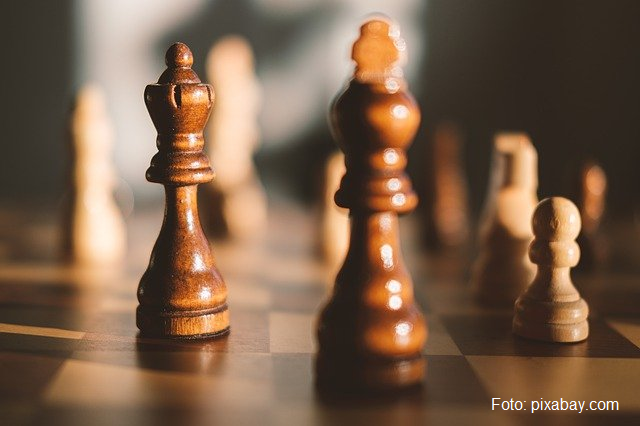Collection chess pieces
Some of the most popular collection items are chess pieces
Warning: Trying to access array offset on null in /home/web/rri.ro/public/wp-content/themes/rri/template-parts/content.php on line 53

Warning: Trying to access array offset on null in /home/web/rri.ro/public/wp-content/themes/rri/template-parts/content.php on line 98
România Internațional,
05.06.2021, 12:26
Almost any
object can become a collection item for a passionate collector. In fact, there are as many collections as
there are collectors. The first collectors were, naturally, people who could
afford it: sovereigns, noble men, officers, tradesmen, explorers, clerics, and
the first collections would usually include art objects and jewelry. Today, some
of the the biggest collectors are museums around the world, which have
inherited, bought or have been donated the collections they house today.
Some of the
most popular collection items are chess pieces. The game of chess has long been
one of the most respected games, described as a sport for the mind but used also
as a metaphor to describe geostrategic, political and economic confrontations.
So, check players are the big powers that rule the world, while the smaller
countries are pieces on the board, moved backwards and forwards depending on
the big players’ interests.
From staging
chess games with people, animals and props at kings’ courts to virtual
realities created by computers, chess is one of the most powerful images of
confrontation. Beyond any metaphor, the objects used in the game of chess, the
pieces and the two-colored board, which can be collected, can vary from the
cheapest and most banal, to the most expensive and exclusivist, genuine works
of art, accessible only to those who can afford them.
Florin Gheorghiu is an international chess master, one of the biggest
Romanian chess players. One of his greatest performances is the draw in direct
games with the great Bobby Fisher, considered by many the best chess player in
history. We asked Florin Gheorghiu about the most impressive chess boards he’s
seen in his career.
Usually, the most beautiful and most valuable pieces are those that
collectors keep in their homes, be they politicians, businesspeople, actors,
directors, officers or regular people. There are pieces made of ivory, silver,
sometimes even gold. Some of them are diamonds. But these are not pieces to
play with in a competition. They are there to account for something
representative from a personal or historical point of view. The collector shows
their collection to friends or wants to take advantage of the prices that
change on the international market and therefore gain something out of it. So,
it has nothing to do with chess playing as a competition.
There is evidence of important collections in the Romanian territories
starting with the 19th century. One of the biggest collectors was
engineer Constantin Orghidan (1874-1944), the one who created an impressive
collection of coins, jewelry, documents and rare books. Another passionate
collector was radiologist George Severeanu (1879-1939). He was passionate about
history, and he collected coins and other artefacts which he donated to the
Bucharest municipality. As regards chess pieces, they were mainly owned by
nobility, who would order them from abroad. Collectors today have pieces that
go back to the 18 hundred. They were sculpted in lacquered wood or ivory, others
were cast in metal, all genuine objects of art.
Usually, collectors own chess pieces, as the chess boards are rather
rare. The game of chess became officially a sports discipline in 1886, when the
first world championship was documented. 37 years before that, though, the
English journalist Nathaniel Cooke created standard pieces for the game and the
producer of sports gear, Jaques of London, bought the manufacturing rights.
However, history would brand Cooke’s pieces as Staunton, after the name of the
great chess master who appreciated Cooke’s pieces describing them as easily identifiable,
very stable and nice looking. They say that the first sets of Staunton originals
were numbered and signed by the master himself. Florin Gheorghiu told us that
he too owns a set of Staunton pieces, a gift from the former Cuban leader Fidel
Castro:
I have never played with collection pieces, but for us,
professional chess players, the most important have always been the Staunton
chess boards. They are largely used in international competitions and world
championships. I have a set myself, at home, which I received from Fidel Castro
in 1966. He was probably impressed by my victory against Bobby Fisher, in
Havana, and turned the event into a political achievement. So, he made me this
surprise, to honour what, to him, was a victory of communism against
capitalism. (MI)






























